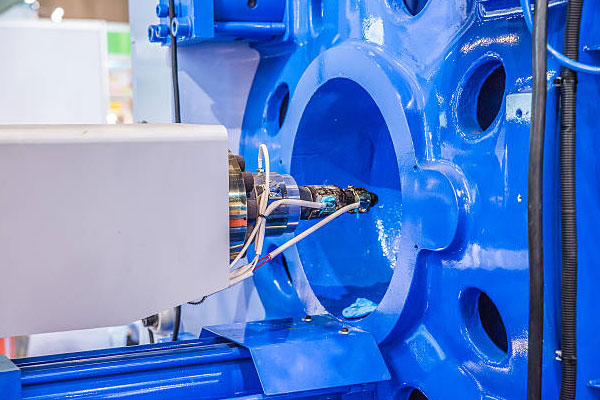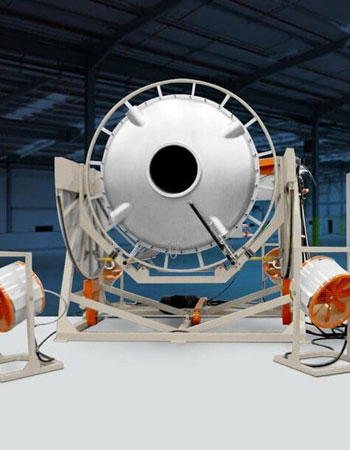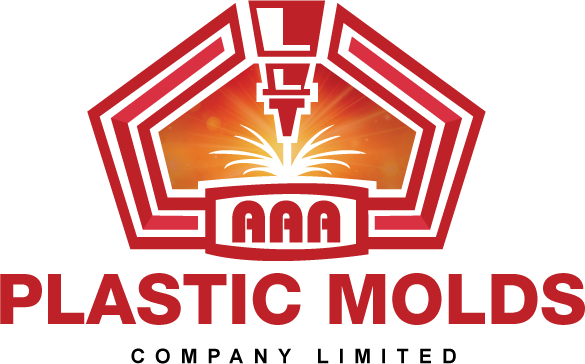
Rotational Molding
Rotational plastic molding is a powerful process for producing plastic parts with exceptional strength and intricate structural details, surpassing the capabilities of other molding techniques. This method is distinctive in that it generates parts in relatively low volumes, making it ideal for specialized, short-run production. While it may not be suitable for mass production like blow molding, dip molding, or thermoforming, it is the go-to process for creating complex and high-performance components such as detailed plastic figurines and military-grade rack mount carrying.
What sets rotational molding apart is its unique process. Molten polymer, often polyethylene or polycarbonate, is poured into a closed, three-dimensional mold. This mold is then placed in a gyroscope-like machine that rotates slowly, allowing the polymer to coat the entire interior evenly, forming a hollow structure. This technique not only excels at crafting complex shapes but also ensures that the parts have uniform material consistency, resulting in very high strength and durability.
Benefits of Rotational Molding
Rotational molding services have several advantages over other forming services. First, molders are able to change colored plastics without extensive line cleanings or die purgings, which saves on time and added costs. Second, rotational molding does not require pressure, which helps to limit tooling costs as well as energy-related costs. Equipment costs are also low because the cast or welded molds they use are significantly less expensive than other kinds. Plus, most of the excess material created during this process can be recycled; this is not only economical, but environmentally friendly too.

